Breast Augmentation
Breast Enlargement Surgery
Breast enlargement or breast augmentation surgery is the process of making the breasts bigger using breast implants or using enlarging the breasts using fat injection or fat transfer to the breasts. Breast enlargement is sometimes referred to as a “boob job” or as breast augmentation using “gummy bear” implants. The breast augmentation procedure is preformed under a general anaesthetic but it can in some instances be preformed under sedation and for fat transfer can be preformed under local anaesthetic. We provide consultations for breast augmentation in London, Manchester, Birmingham, Reading, Doha and Beirut. The costs of a consultation for breast augmentation and the price of a breast enlargement procedure are displayed below. We will walk you through our breast enlargement journey with us from beginning to end on this page. Should you have any questions about breast surgery please get in touch with us.
Only after a thorough history and a physical examination by a plastic surgeon can we determine and advise you on the best implant or amount of fat needed to a achieve the result you want. It is possible to combine a breast augmentation with a breast lift (mastopexy), breast reduction, or other plastic surgery procedures.
Breast asymmetries or other breast deformities related to tubular breasts, polland’s syndrome or other chest wall deformities can be corrected using a breast implant or breast fat transfer or a combination of both. It is also possible to combine a breast augmentation procedure with additional layering using collagen dermal matrix to help achieve a better cover for a breast implant in cases were the breast skin is too thin to cover the implant.
Choosing the right Plastic Surgeon
The first step in achieving your goals is to choose the right surgeon. Plastic surgeons are not only trained in breast surgery, but also in aesthetic surgery. This means that a plastic surgeon will be able to preform the procedure of breast augmentation using aesthetic principles to achieve the best results for you.
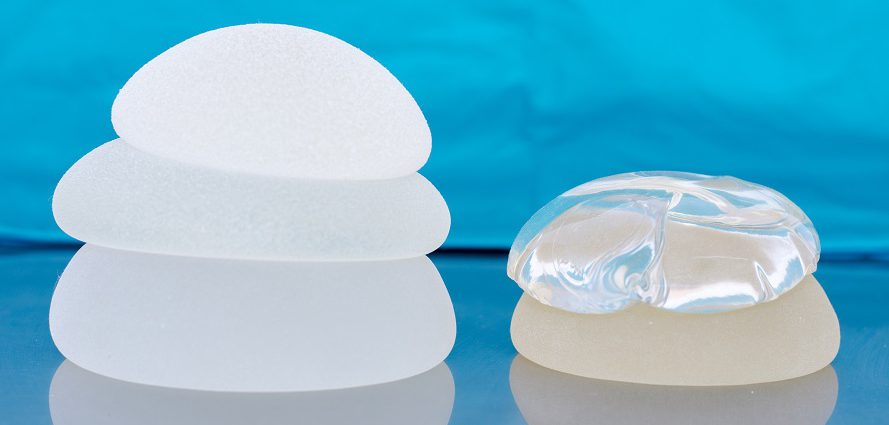
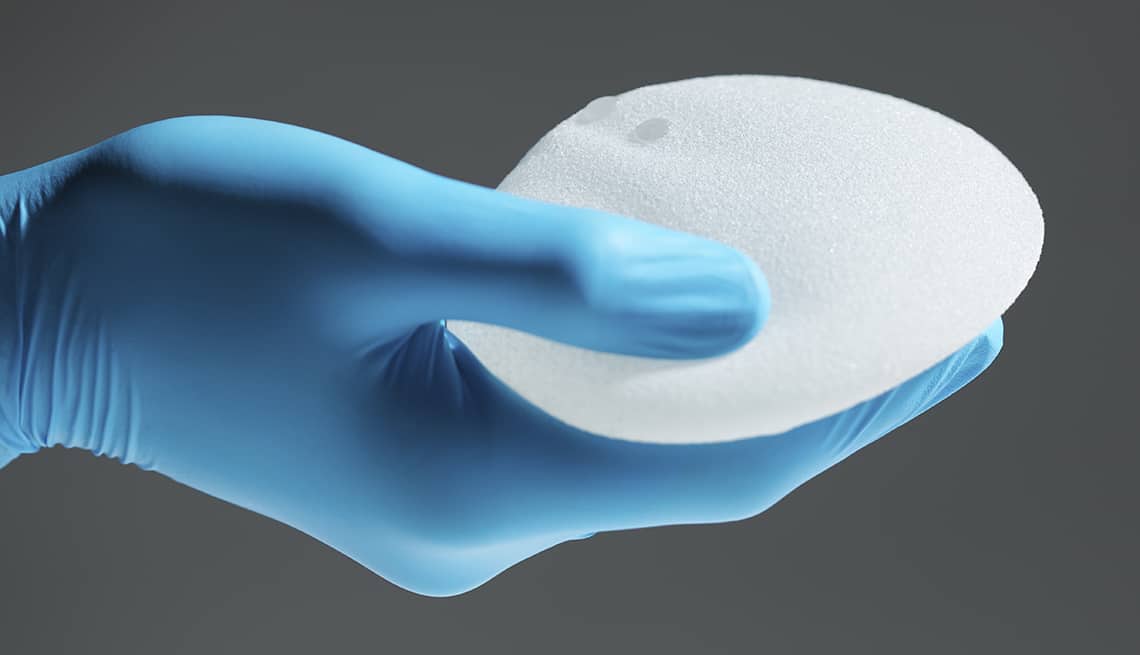
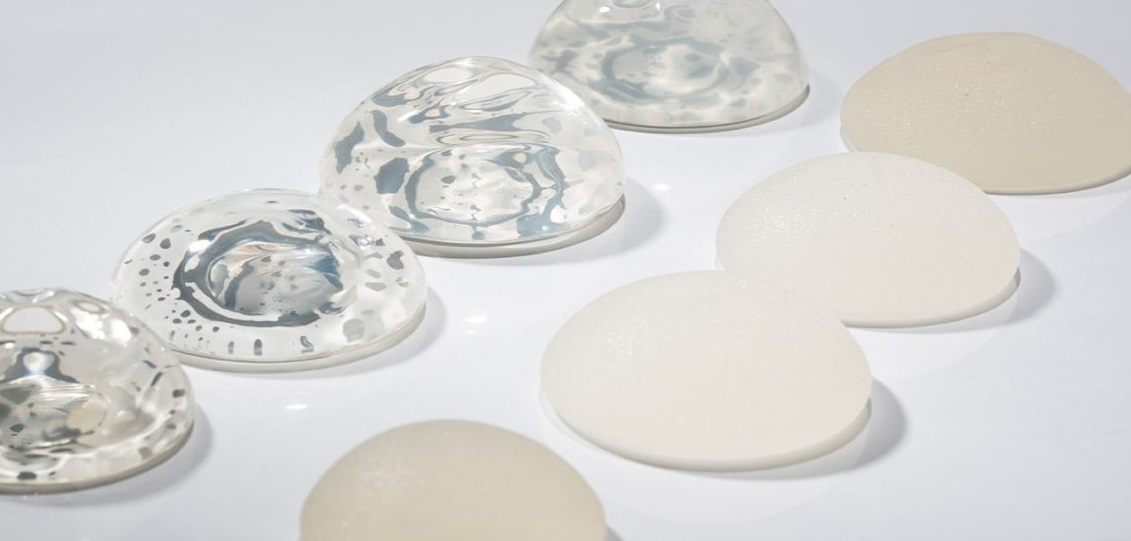
consultations options
We offer 3 consultation options. Virtual consultations are useful for those only wanting information or live far. We cannot do physical examinations but we can review photos. Mini consultations are suitable for those wanting to know their options. Full consultations will give you all the information you need allowing you to make an informed decision. Before proceeding to surgery, all patients will need a full consultation.
Breast implant sizing
We will size you for the breast implant in our office. We use a dedicated sizing kit system that is extremely accurate in predicting breast size according to your desired bra size and allows you to see your new breast shape in your own clothes. The system we use allows for sizing from 50 cc to 900 cc giving you the range needed to achieve your breast goals.
Breast IMPLANTS-How to choose
The choice of the breast implant is one of the first questions asked about in breast enlargement and one of the most important questions for the woman seeking breast implant surgery.
Most breast implants we use in our surgeries in London or Manchester are silicone based implants. Silicone implants are pre-filled with silicone gel — a thick, sticky fluid that closely mimics the feel of human fat. Most women believe that silicone breast implants look and feel more like natural breast tissue. The silicone implant has an elastomer silicone shell pre-filled with viscous silicone gel. We are now implanting the 7th and 8th generation of silicone breast implants. The newest silicone implants have a slightly higher fill (96% fill versus the previous generation’s 85% fill) and more cross-linking of the silicone molecules. The higher fill and more cross-linking allow for an increase in the cohesiveness of breast implants, as compared to past generations of implants, in which the folds of the silicone implant could be visible through the skin.
Rarely we will use Polyurethane implants in selected cases. Microthane® is a micropolyurethane foam coated shell surface for breast implants. They are particularly useful for cases with capsular contracture. The main disadvantage of Polyurethane implants is that they are difficult to remove as they integrate into the breast tissue.
Round implants are essentially the same diameter and have a circular base. They are ideal for a full rounded augmentation with good upper pole fullness and maximum projection.
Shaped breast implants are egg shaped. They tend to have less upper pole fullness and deliver a more “natural breast” with a fuller lower pole. They are great if you want the most projection in the lower breast. The biggest risk with shaped implants is the risk of rotation of the implant within the pocket of the breast.
The more the projection the more the breast will be pushed forward.
Medium projection will have an impact on this, but little impact on lifting the breast up at the same time.
High projection implants are by far the commonest choice along with round implants within our patient groups. This implant will give the maximum side push for the breast and will also give some lift to the nipple improving its position.
Finally there is the volume. The volume of the breast implant tends to be one of the most important decision makings for the patient. The volume in the breast enlargement surgery determines the overall fullness of the breast. The larger the volume the larger the breast to be. The breast implant volume has a direct impact on bra cup size
As an estimate, each 150cc increase in breast implant volume reflects in a single increase in cup size in a bra. However as every woman knows, bra sizes vary from shop to shop, and so this is only an estimate.
Textured means that that implant has a roughness on its surface. Studies have shown that this improves the longevity of the implant by reducing capsular contracture rates after a breast enlargement surgery. Unlike smooth-surfaced implants, their surface adheres to the tissue that surrounds them, preventing them from moving around within the implant pocket, especially beneficial for tear-drop shaped implants to prevent rotation within the pocket. There is different ways of texturing and different types of texturing. You might hear the terms macro-textured, micro-textured, and nano-textured. Texturisation techniques are also different with imprinting, the use of salt crystals, or chemicals.
As an estimate, each 150cc increase in breast implant volume reflects in a single increase in cup size in a bra. However as every woman knows, bra sizes vary from shop to shop, and so this is only an estimate.
BIA-ALCL is a rare and highly treatable type of lymphoma that can develop around breast implants. BIA-ALCL occurs most frequently in patients who have breast implants with textured surfaces. This is a cancer of the immune system, not a type of breast cancer. The current lifetime risk of BIA-ALCL is estimated to be 1:2,207-1:86,029 for women with textured implants. When caught early, BIA-ALCL is usually curable.
Common symptoms include breast enlargement, pain, asymmetry, lump in the breast or armpit, overlying skin rash, hardening of the breast, or a large fluid collection. If you are experiencing any symptoms related to BIA-ALCL you should consult your surgeon.
Treatment of BIA-ALCL
- Once diagnosed the woman is referred for a PET/CT scan to look for any disease spread.
- The patient is referred to an oncologist.
- For patients with BIA-ALCL only around the implant, surgery is performed to remove the breast implant and the scar capsule around the implant.
- Lumps in the armpit may be disease that has spread to the lymph nodes or may still be a normal enlargement of the lymph nodes. Additional tests may sometimes include blood tests and a bone marrow biopsy.
- Some patients with advanced cases may require further treatment with chemotherapy and in rare cases include radiation therapy and/or stem cell transplant therapy.
- Following removal of the disease, patients are commonly followed for two years with imaging tests such as PET/CT scans in three- to six-month appointments. Disease re-occurrence is rare after surgical removal for early disease.
Breast implant illness (BII) is a term that refers to a wide range of symptoms that can develop after having a breast implant, regardless of the type of implant. Symptoms can include:
- joint and muscle pain
- chronic fatigue
- memory and concentration problems
- rashes and skin problems
- anxiety
- depression
- headaches
- hair loss
- gastrointestinal problems
Some people who have BII also get diagnosed with a specific autoimmune or connective tissue disorder.
Implants can be placed under the breast tissue and above the pectoralis muscle of the chest wall. This is by far the most popular way of doing breast augmentation in the world. It tends to be less painful than other techniques and has less risk of bleeding. To benefit from this though you will need to have good pre-existing breast tissue and the breast in a good position on the chest wall. As a guide, we would say you will need around 2 cm of existing breast tissue to get a good result. Otherwise there is the risk of developing rippling, the effect of the breast implant showing through the thin breast.
Dual plane involves placing the upper portion of the implant under the pectoral muscle, while allowing the lower half of the implant to sit directly under the breast tissue, over the pectoralis muscle. This achieves coverage of the implant on the top with the muscle, which is considered the most vulnerable part of the implant. Dual technique though goes a bit beyond, as it allows for control of the position of the breast on the implant.
Placing the implant under the pectoralis major muscle gives more coverage on the upper pole and reduces the chances of developing rippling that is visible. Placing the implant under the muscle reduces the risk of developing a capsule contracture by a further 5%. The main draw backs of going under the muscle are animation of the implant (it will move if the muscle contracts), more painful initially, higher risk of bleeding initially.
Learn More
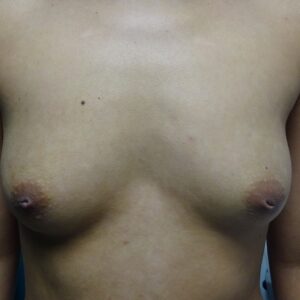 BEFORE
BEFORE
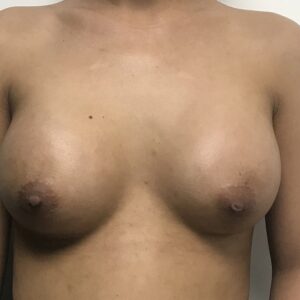 AFTER
AFTER
 BEFORE
BEFORE
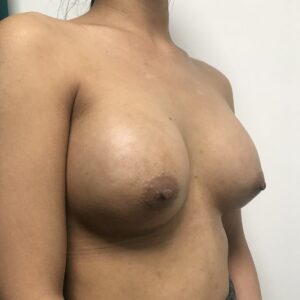 AFTER
AFTER
 BEFORE
BEFORE
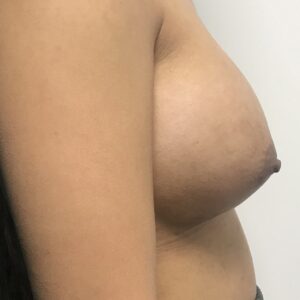 AFTER
AFTER
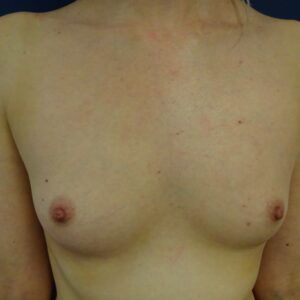 BEFORE
BEFORE
 AFTER
AFTER
Watch how a breast enlargement is done
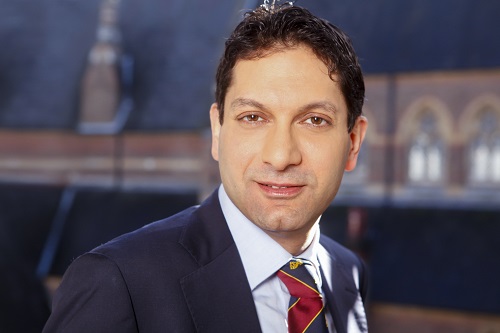
Start with a virtual Breast Enlargement consultation
Preparation for Breast Augmentation Surgery
- Stop smoking 4 weeks before your operation.
- stop any non-steroidal medications 2 weeks before surgery.
- Stop the oral contraceptive pill 4 weeks before surgery
- Do not fly long haul 4 weeks before surgery.
- Stop any herbal supplements 2 weeks before surgery.
- Ensure you have done food shopping for that will last you 1 week after surgery.
- Get someone to support you after surgery if possible,
- If you work arrange time off.
After Care following a Breast Enlargement
- Wear your sports bra or surgical garment for 4 months after surgery.
- Rest and stay well hydrated and eat nutritious food for 2 weeks after surgery.
- Come to your post operative check in 1 week post surgery.
- The scars normally fade well and are hidden, some patients choose to use Bio-OIl afterwards or silicone gel.
- Do not smoke for 4 weeks after surgery.
- Do not fly long haul for 4 weeks after surgery.
- Avoid aggressive sports for around 3 months if under the muscle.
Reviews
What our patients say
Capsule Contracture
Capsular contracture (also referred to as capsule contracture) is the condition of developing symptoms related to having an implant and the capsule changing the breast shape or causing pain. After the insertion of every implant, a capsule will form. This is absolutely normal. Also every implant with time will develop a capsular contracture. The question is when, and not if. This varies significantly, ranging from a few months to more than 25 years. However it is estimated that 75% of capsular contractures occur within the first 2 years of having a breast implant surgery.
Some implants have better track records than others when it comes to this, so check the implant you are having has a decent warranty for this. Our implants have a 10 years warranty against capsular contracture and are back by a financial aid package in case it does develop for your peace of mind.
There are some risk factors that can increase the chance of developing a capsular contracure. These include:
- Postsurgical complications like hematoma, seroma, infection
- Autoimmune disorders, like lupus
- Trauma
- Radiation therapy
- Inadequate skin coverage.
- Saline implants.
- Submuscular implants.
- Dental work without adequate antibiotic cover.
- Not using a Keller Funnel device.
Steps We Take to Reduce Capsular Contracture Rates
- Antibiotic wash for every implant
- Wash the pockets of the implants with antiseptic solutions
- Use one of the best implants in the world
- Use the Keller Funnel as a routine
- All implant surgery preformed in a hospital operating theatre
- Sports bra wearing for 4 months
- Place the implant under the muscle if skin cover is less than 2cm.
HealthFormation
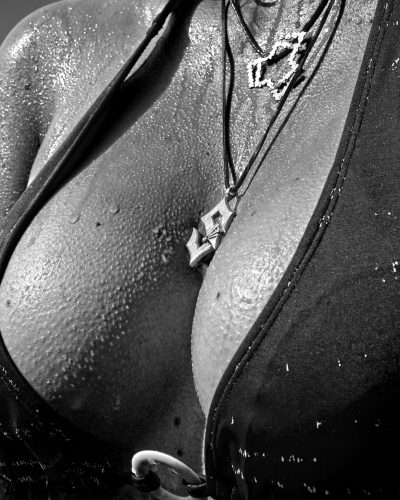
Mammogram after augmentation
It is possible to have mammograms and ultrasounds after breast augmentation surgery. You should tell the radiographer that you had breast surgery as different views are needed and it will help with the interpretation of the scans.
Pregnancy & Breast Implants
Pregnancy can affect the breast implant in terms of breast shape after the during and after the pregnancy. There is also a slightly increased risk of capsule contracture.
Breast feeding after surgery
You should be able to still breast feed after a breast augmentation whether implants or fat grafting was used. This does not mean you can breast feed though.
Choose Your treatment
The causes of breast implant rupture include trauma, age of implant, quality of implant, accidental injury to shell during the placement. The good news is that if the implant ruptures, it is usually contained in the capsule. Some larger ruptures leads to silicone leakage into the lymph nodes. Also silicone by itself is a relatively inert product. Treatment involves a scan (Ultrasound or MRI), followed by surgical removal and replacement.
Breast Implant Rupture
Causes & Treatment
 BEFORE
BEFORE
 AFTER
AFTER
 BEFORE
BEFORE
 AFTER
AFTER
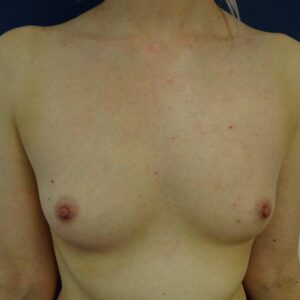 BEFORE
BEFORE
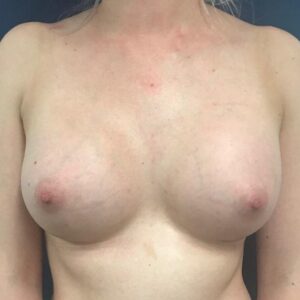 AFTER
AFTER
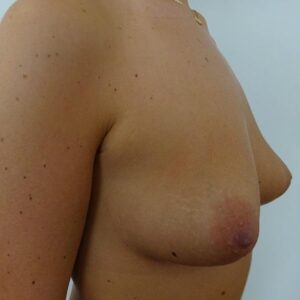 BEFORE
BEFORE
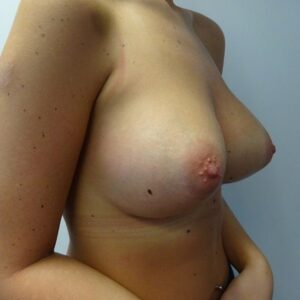 AFTER
AFTER
Frequently asked questions
We do all of our breast augmentations under a general anaesthetic or sedation as a day case procedure. After cleaning the skin with an antiseptic solution, a small 3-4 cm incision is made in the inframammary fold, which is a natural crease under the breast, making the healed area hardly visible in the longer term.
The pocket can be either underneath the breast tissue (subglandular) or beneath the pectoralis muscle (submuscular) or occasionally using a special advanced technique called The dual plane technique involves placing the implant partly under the muscle and under the glandular tissues. You will be asked about your preference and Dr Souéid will advise you on your consultation which is the recommended placement.
We use our own solution, which is a scientifically backed method of washing the implant in an antibiotic solution, and uses the Keller Funnel is all of the breast augmentation procedures. This is to ensure you get the best results possible. Finally the incision is closed with a dissolving suture. For your convenience. We will create a tailor made bra for you that will stay in place for one week, maintaining the augmented breasts in the best way possible.
Breast implants can be shaped as either as round or anatomical, commonly referred to as teardrop. The round implants tend to produce a fuller cleavage and upper pole of the breast. The anatomical implants produce a more subtle result. Breast implants can also have differing coatings that are either smooth, textured or polyurethane. Round textured implants are the most commonly used implants worldwide. We only uses silicone gel, also termed as cohesive, implants. They retain their shape better. Silicone implants are sometimes called gummy implants.
Breast augmentation surgery has been performed for decades and there have been numerous studies looking at the safety of silicone breast implants. These studies, which comprise of several thousands of women, have not shown any links with diseases such as autoimmune disorders, connective tissue diseases or cancers. There has been much news recently regarding PIP breast implants, which were made of industrial grade silicone rather than medical grade silicone. We have never used PIP implants in our practice. Recent health concerns include BIA-ALCL, BII and ASIA. See below to know more about these.
Breast Uplift: Some patients may also require an uplift of the breast using a mastopexy procedure. This can be done at the same time as the augmentation or staged at a later date.
Fat layering: to give a smoother cover to the implant and hide any show of the implant, Mr Soueid has developed a technique of fat layering.
Breast augmentation like any surgery may result in potential complications although these are uncommon. The main complications following breast augmentation include:
Bleeding and haematoma formation
A haematoma is a collection of blood that may form in the pocket of the implant and this may require surgery to wash the pocket and stop any bleeding.
Infection
The risk of infection is rare. You will normally be given some antibiotics during the procedure to reduce this risk further. Most infections occur soon after surgery although they may happen many years after the initial surgery as well. If the infection is severe then the breast implant may need to be removed. The cavity is then washed and closed. Usually we would then need to wait a number of weeks to months before replacing the implant.
Scarring
There will be a scar from the incision to insert the breast implant. The scar is most often place in the crease beneath the breast. Scars can sometimes become raised or lumpy and this is referred to as a hypertrophic or keloid scar. This may need further treatment in the form of silicone dressings or creams and possibly a course of steroid injections.
Change in Nipple Sensation
Most women will notice an alteration in the sensation to the nipple following breast augmentation. Most often there is reduced sensation although some women may notice increased sensitivity after breast enlargement. This is often temporary although some permanent changes may occur.
Asymmetry
All breasts have some degree of asymmetry and even after breast augmentation there may be some minor degree of asymmetry. There are occasions when minor asymmetries preoperatively may be exaggerated postoperatively. There main also be differences in terms of nipple position after breast enlargement.
Implant Extrusion
Implant Rupture
Gel Bleed
Capsular Contracture
The main long term complication with breast implants is the formation of a capsular contracture. When an implant is placed into the breast the body forms a thin capsule around it. In some women this capsule can become thickened and cause discomfort and distortion of the breast. This may require further surgery and the risk of it recurring is high if you have already had a capsular contracture.
Changes with Time
When you age or have children, there will be changes in your breast shape and volume. Generally, the skin loses its elasticity and thins resulting in drooping of the breast, known as breast ptosis. This may require an uplift procedure or mastopexy to correct. Thinning of the skin and tissues covering the breast implant may result in the implant becoming palpable, show signs of rippling or wrinkling.
The majority of women are able to breast feed after breast augmentation. It has also been shown that the breast milk in women with breast implants does not contain any significant amounts of silicone. In fact, silicone is commonly used in baby products such as bottle teats and soothers.
We would recommend waiting for 6 weeks before flying long haul. This is to ensure that everything has settled and there are likely to be no problems prior to flying. You may be able to travel short haul after 2 weeks but you will still need to wear your support bra for 6 weeks following surgery.
The normal recommendation is 6 weeks for strenuous physical activity. Exercising earlier may cause increases in blood pressure and heart rate that may increase the risk of bleeding. Patients that have the implants under the muscle will also find that they will have more discomfort initially.
Patients are advised to wear a support bra for the first 6 weeks following breast implant surgery. The support bra should ideally have a zip at the front for easier changing. After the 6 weeks, you should be able to wear normal under-wired bras again.
Almost all patients will have their scar in the breast crease just underneath the breast. A small number of patients may have the scar around the areolar. I do not perform breast augmentation using an armpit or axillary incision due to higher risk of infections and complications associated with this technique.
We
use the highest quality Mentor breast implants that are owned by Johnson and Johnson. These are breast implants with a high safety track record that have been on the market for over two decades. They are one of the only brands with long term published clinical results.
Studies have shown that higher levels of silicone are found in cows’ milk or infant formula milk compared to breast milk produced from mothers with breast implants. Therefore, it is unlikely that your baby will have any harmful exposure to silicone from your breast milk.
ALCL stands for Anaplastic Large Cell Lymphoma. This is a very rare form of cancer that can develop around the implants. The relationship with breast implants is not fully understood yet although a various factors have been reported. It is thought to occur in about 1 in 300000 breast implants. Patients that have had implants for several years that develop sudden onset swelling should be investigated to exclude this. To know more about these conditions please visit http://www.bapras.org.uk/professionals/clinical-guidance/alcl-risk-from-breast-implants/joint-association-update-on-bia-alcl
All patients that have breast enlargement will form a capsule around the breast implants. In a proportion of women, these capsules can become thickened or hardened resulting in capsular contracture. The symptoms of this may include pain or discomfort of the breasts. If the capsules become very hard they may begin to distort the shape of the implants. It is not fully understood why some women develop this whilst others do not. There are a number of factors that increase the risks of capsular contracture, which include: haematoma, infection, smooth implants and implants placed over the muscle. There are factors that also help reduce the risk of capsular contracture. Mr Souéid uses antibiotics during your procedure to help reduce infection risk. He would normally recommend using textured implants to try and risk the risks. During your procedure, he uses a Keller funnel for inserting the implant. This is a technique that results in minimal handling of the breast implant. In some cases, going under the muscle may also reduce the risks of capsular contracture.
The life expectancy of breast implants will vary greatly between patients. Most patients, that do not have any complications such as capsular contracture, will expect to go 10-20 years without the need to change their implants.
We would recommend that you avoid smoking for 4-6 weeks before and after your breast augmentation surgery. This includes the use of nicotine replacement such as gums, patches and e-cigarettes. Smoking reduces the blood supply to the skin and cause problems with wound healing. Smoking also increase increases the risks associated with the anaesthetic for your operation.
The weight of the implant will depend on the size of it. It is generally considered that the size is roughly equivalent to the weight in grams. Therefore, a 250cc implant will weigh about 250 grams.
Yes. We offer 0% finance over 6 months.
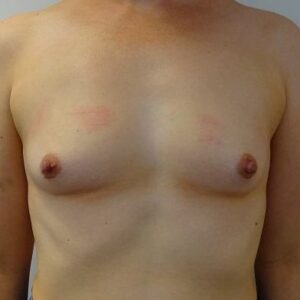 BEFORE
BEFORE
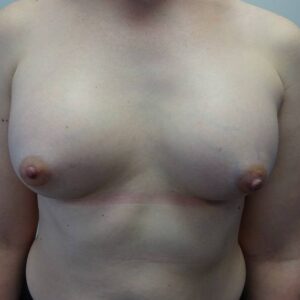 AFTER
AFTER
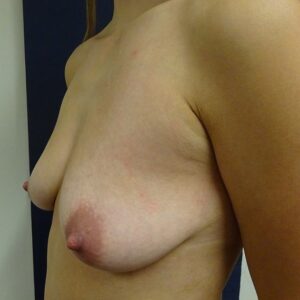 BEFORE
BEFORE
 AFTER
AFTER
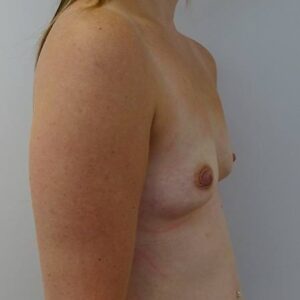 BEFORE
BEFORE
 AFTER
AFTER
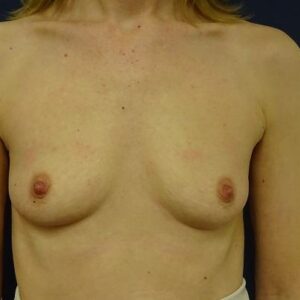 BEFORE
BEFORE
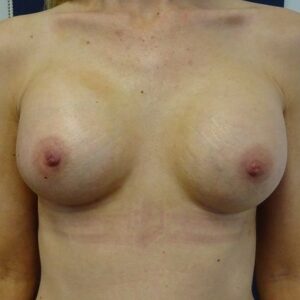 AFTER
AFTER
Get in Touch
+44 800 772 3501
hello@cosmeticaestheticplasticsurgery.com

